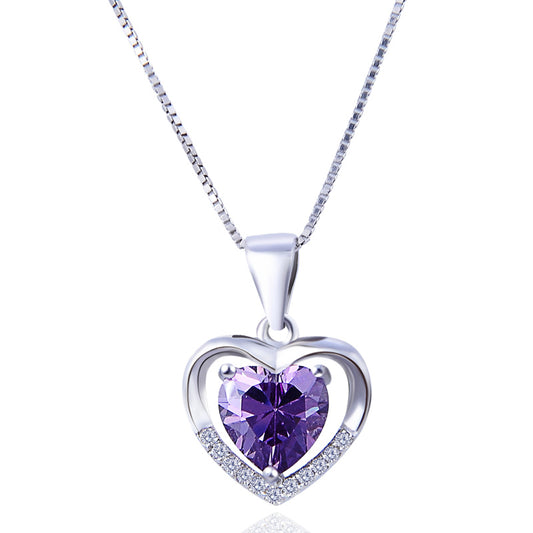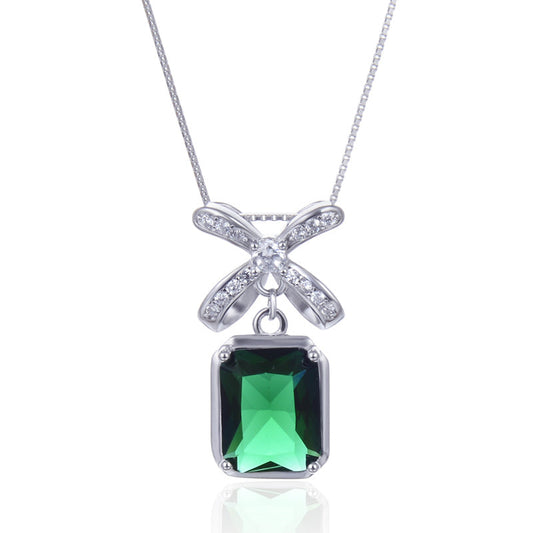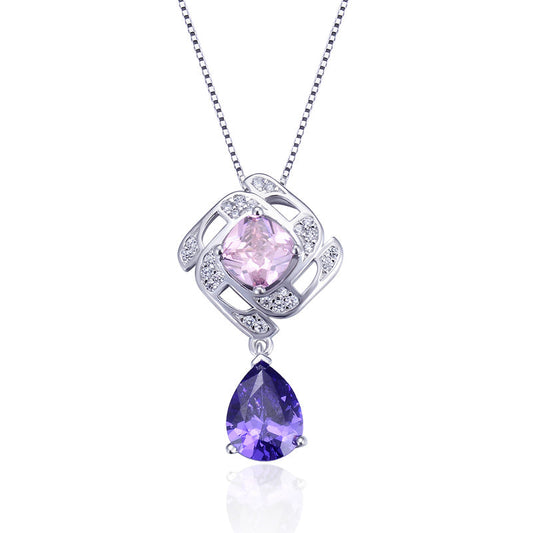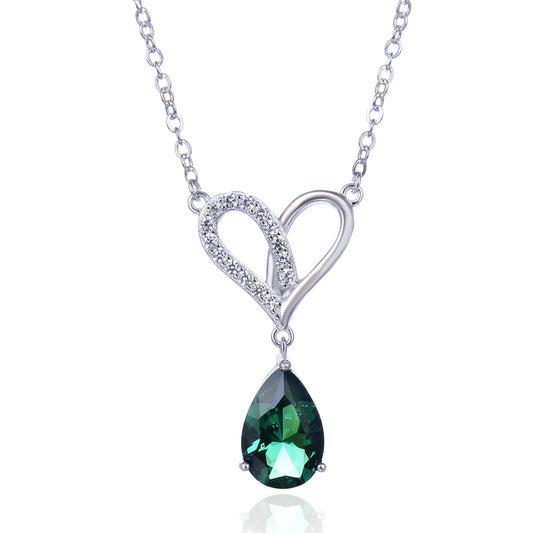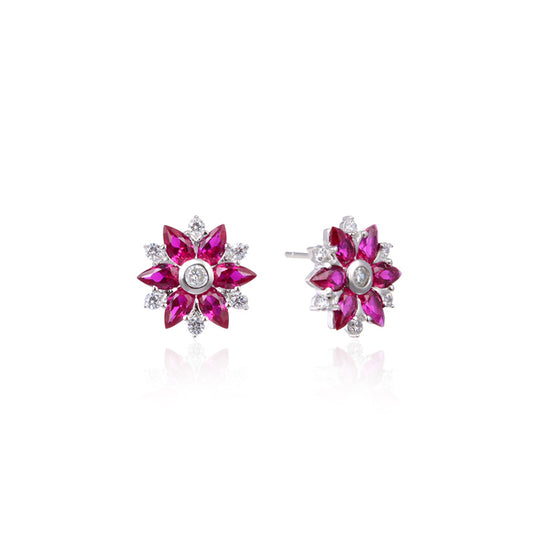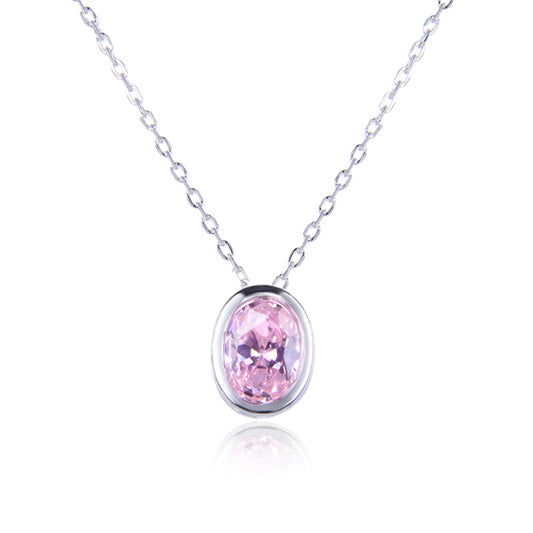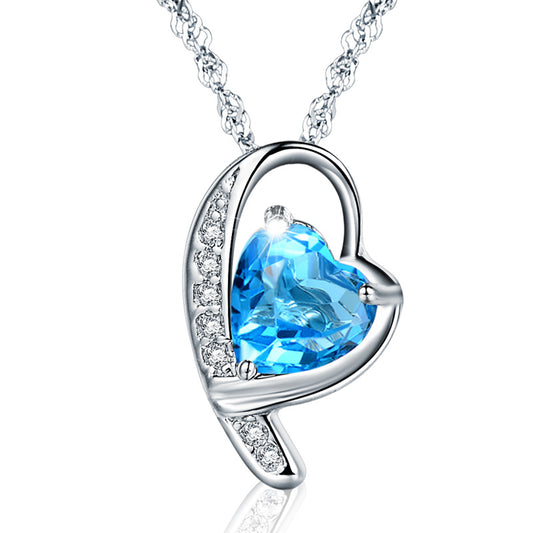How Did Valentine's Day Originate? An In-Depth Exploration of the Holiday's History and Evolution
Valentine's Day, also known as Saint Valentine's Day or the Feast of Saint Valentine, is celebrated annually on February 14th. It's a day associated with love, romance, and the exchange of gifts like flowers, chocolates, and of course, Valentine's cards. But how did this holiday come to be? Let's delve into the fascinating history and origins of Valentine's Day.
The Legend of Saint Valentine
The origins of Valentine's Day can be traced back to ancient Rome and a legend surrounding a priest named Valentine. According to one version of the story, Emperor Claudius II had banned marriage for young men, believing that single men made for better soldiers. Valentine, a priest, defied this decree by secretly marrying couples in love. When Claudius found out, he had Valentine put to death.
Another legend tells of Valentine's compassion towards a blind girl, whose sight he restored through prayer. On the eve of his execution, he is said to have written her a farewell letter, signed "From your Valentine," thus coining the phrase we still use today.
While the exact historical Valentine remains a mystery, with multiple saints named Valentine recognized by the Catholic Church, these legends form the basis for the holiday's origins.
The Early History of Valentine's Day
Valentine's Day gained popularity in Europe during the Middle Ages, possibly influenced by the ancient Roman festival of Lupercalia. This festival, held on February 15th, was a fertility rite involving sacrifice, feasting, and sometimes even matchmaking. As Christianity spread, the pagan festival gradually transformed into a Christian feast, with Valentine's Day emerging as a day for lovers.
By the 14th century, Valentine's Day was already established as a day for lovers to exchange notes and tokens of affection. These early Valentine messages were often handwritten notes, sometimes accompanied by small gifts or flowers.
The Evolution of Valentine's Day Celebrations
Over time, Valentine's Day evolved from a religious feast day into a more secular celebration of love and romance. By the Victorian era, the exchange of Valentine's cards had become widespread, with elaborate cards featuring lace, ribbons, and even small gifts attached.
The commercialization of Valentine's Day began in the 20th century, with the advent of mass-produced Valentine's cards and gifts. Today, Valentine's Day is a multibillion-dollar industry, with chocolates, jewelry, flowers, and other romantic gifts flying off the shelves.
Valentine's Day Around the World
Valentine's Day is celebrated in various ways across the globe. In the United States, it's a day for exchanging cards, flowers, chocolates, and other romantic gifts. In some countries, like Japan, women give chocolate to men on Valentine's Day, while men reciprocate on White Day (March 14th).
In South Korea, there's even a "Black Day" on April 14th, when singles gather to eat black noodles in a celebration of their single status.
Modern Valentine's Day Traditions
Modern Valentine's Day traditions include sending flowers, especially roses, which are seen as a symbol of love and romance. Giving chocolates, jewelry, or other romantic gifts is also common. Many couples choose to celebrate with a romantic dinner or a special date.
Valentine's Day cards remain popular, with millions exchanged every year. These cards often feature romantic messages and designs, expressing love and affection.
Conclusion
Valentine's Day, with its roots in ancient Rome and legends of Saint Valentine, has evolved over centuries into a global celebration of love and romance. From handwritten notes to mass-produced cards and gifts, the holiday has adapted to the times while maintaining its essence as a day for lovers.
So, how did Valentine's Day originate? It began as a commemoration of a saint who stood for love and compassion, and over time, it transformed into a widely celebrated holiday filled with traditions and commercial opportunities. Whether you choose to exchange gifts, enjoy a romantic dinner, or simply spend time with your loved ones, Valentine's Day remains a special day for expressing affection and appreciation.


